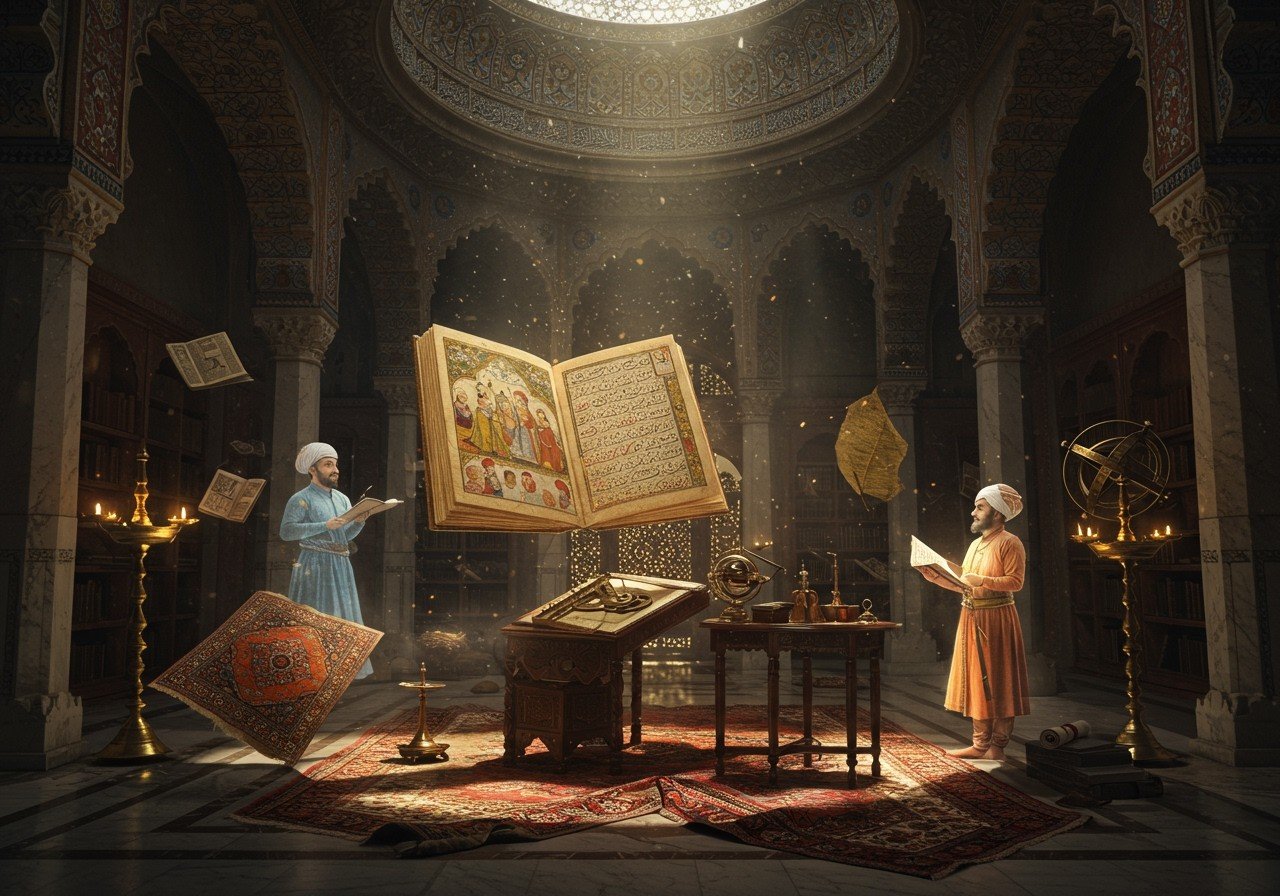
Studying Medieval India, spanning from the 6th to the 18th century, offers a captivating journey through diverse dynasties, cultural transformations, and societal shifts. This guide focuses on essential resources, both primary and secondary, crucial for understanding this era. This historical context is vital for historians, students, and enthusiasts alike.
Primary Sources for Studying Medieval India
Primary sources offer direct evidence of historical events, invaluable for research. Historians use various sources to reconstruct events in medieval India, classified into primary and secondary categories. Primary sources include inscriptions, monuments, and coins, providing direct evidence. Secondary sources, such as books, travel narratives, and autobiographies, offer interpretations and analyses. The study of medieval Indian history is enriched by contemporary materials, including literary texts and accounts from Arab and Turkish travelers. These sources provide valuable insights into different historical periods, such as the Early Medieval and Later Medieval periods.
- Inscriptions: These etched records offer invaluable insights. Ashokan Edicts illuminate the political and social landscape of Ashoka’s reign. Other inscriptions shed light on royal decrees, land grants, and societal norms, offering glimpses into daily life and governance.
- Monuments: Architectural marvels like temples, forts, and palaces serve as tangible links to the past. Their construction styles, artwork, and inscriptions provide valuable information about the rulers, religious beliefs, and artistic achievements of the time.
- Coins: Numismatics, the study of coins, reveals economic conditions, trade networks, and royal iconography. The metallic composition, inscriptions, and imagery on coins provide clues about the political and economic stability of different kingdoms and empires.
- Manuscripts: Palm leaf and paper manuscripts preserve historical narratives, chronicles, and literary works. Key texts like Kalhana’s Rajatarangini and Amir Khusro’s writings offer valuable perspectives on historical events and cultural practices.
- Travelogues by Foreign Travelers: Accounts by individuals like Ibn Battuta and Marco Polo provide external perspectives on medieval Indian society, culture, and politics. These narratives offer unique insights not found in indigenous sources.
- Administrative Records: Documents like farmans (royal decrees), sanads (land grants), and other administrative records reveal the intricacies of governance structures, revenue systems, and legal practices during that era.
Secondary Sources for Studying Medieval India
Secondary sources interpret primary data, providing scholarly context.
- Comprehensive History Books: Works like ‘The History and Culture of the Indian People’ by R.C. Majumdar offer extensive coverage of the period, synthesizing information from various primary and secondary sources. They provide a broad overview of political, social, and cultural developments.
- Educational Textbooks: Medieval India NCERT PDFs are valuable resources for students, providing a structured and concise understanding of the key events and themes of the period. These textbooks are designed for educational purposes and are readily accessible.
- Academic Journals and Articles: These publications contain in-depth research and focused discussions on specific aspects of medieval Indian history. They offer specialized knowledge and contribute to ongoing historical debates.
- Thematic Studies: Books and articles focusing on specific themes like trade, economy, social structure, or religious movements provide a deeper understanding of particular aspects of medieval Indian society.
- Biographical Works: Biographies of key figures like Akbar, Shivaji, and Guru Nanak offer insights into the lives and contributions of influential individuals who shaped the course of history.
Digital Resources and Online Databases
Technological advancements provide convenient access to valuable resources.
- Digitized Manuscripts and Inscriptions: Websites like the Digital South Asia Library provide access to digitized versions of primary sources, making them readily available to researchers worldwide.
- Online Archives: Many universities and research institutions maintain online archives containing historical documents, photographs, and other materials related to medieval India.
Poojn.in: Your Resource for Authentic Ritual Items
For a deeper understanding of Medieval India’s religious practices, explore Poojn.in. As India’s leading cultural goods store, we offer a wide selection of puja samagri, including items relevant to historical research. Enhance your studies with authentic products used in traditional ceremonies and rituals.
Check out these specific products that can enrich your understanding of historical rituals:
- Tulsi Mala with Radha Krishna Pendant: Explore the significance of Tulsi in medieval religious practices.
- Mangaldeep Sadhvi Incense Sticks: Experience the traditional scents used in historical ceremonies.
- Pure Sandalwood: Understand the importance of sandalwood in medieval rituals.
Conclusion
Studying Medieval India requires a balanced approach using both primary and secondary sources. Combining traditional and modern resources ensures a thorough understanding of this rich historical period. Embrace these tools to explore the depth and diversity of Medieval India, honoring its legacy while enjoying the convenience of digital access.
Explore related articles on Chhinnamasta Devi, Andhra Pradesh Coastal Temples, and South India’s Sacred Sites for a deeper dive into specific aspects of Medieval India’s rich cultural and religious heritage.


